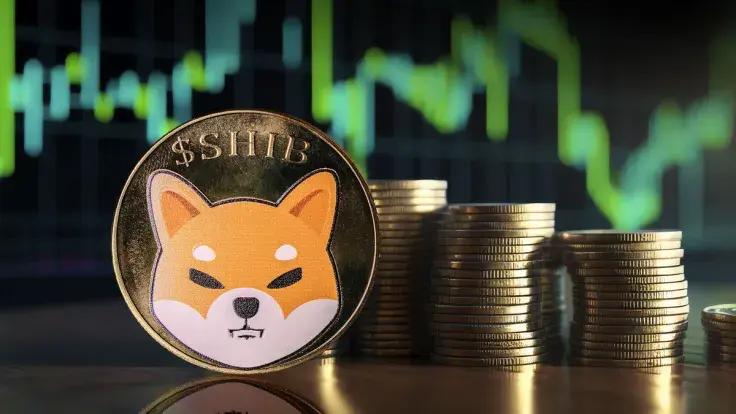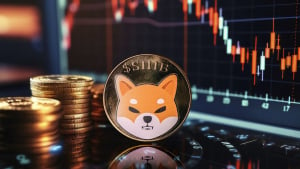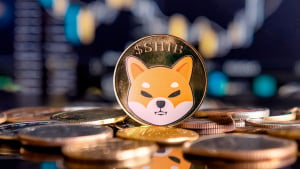
Disclaimer: The opinions expressed by our writers are their own and do not represent the views of U.Today. The financial and market information provided on U.Today is intended for informational purposes only. U.Today is not liable for any financial losses incurred while trading cryptocurrencies. Conduct your own research by contacting financial experts before making any investment decisions. We believe that all content is accurate as of the date of publication, but certain offers mentioned may no longer be available.
In a dramatic turn of events for Shiba Inu, the dog-themed cryptocurrency has seen a remarkable 466% increase in weekly burns, yet its price has dropped by 22% over the same period.
According to the Shibburn X account, 364,382,742 SHIB tokens were burned in the last seven days, representing a 466.83% increase in the weekly burn rate.
The 466% rise in burns indicates a concerted effort within the community to enhance the coin's scarcity in anticipation of a potential price boost.
However, the reality has been quite the opposite. Despite the aggressive burn rate, SHIB's price has tumbled, reflecting a 22% decrease over the past week. This price drop could be attributed to a variety of factors, including broader market conditions, investor sentiment and profit-taking activities by investors.
Crypto market faces volatility
The cryptocurrency market has been experiencing increased volatility since the week's start, with many coins facing downward pressure.
Bitcoin fell for the fourth straight trading session, part of a larger crypto sell-off that contrasted with recent record highs in global stock markets. Shiba Inu experienced higher losses, reaching 10%.
SHIB's price has steadily declined from July 3 highs on $0.0000173 and will mark the third consecutive day of losses if today closes in red. At the time of writing, SHIB was down 9.39% in the last 24 hours to $0.00001384 after hitting lows of $0.00001266. The token is down 22% weekly.
Investors are waiting for U.S. jobs statistics later Friday to get the latest hints on the Fed's policy stance. Recent soft economic indicators have boosted the case for the U.S. central bank to ease monetary policy in the coming months.


 Dan Burgin
Dan Burgin Vladislav Sopov
Vladislav Sopov U.Today Editorial Team
U.Today Editorial Team